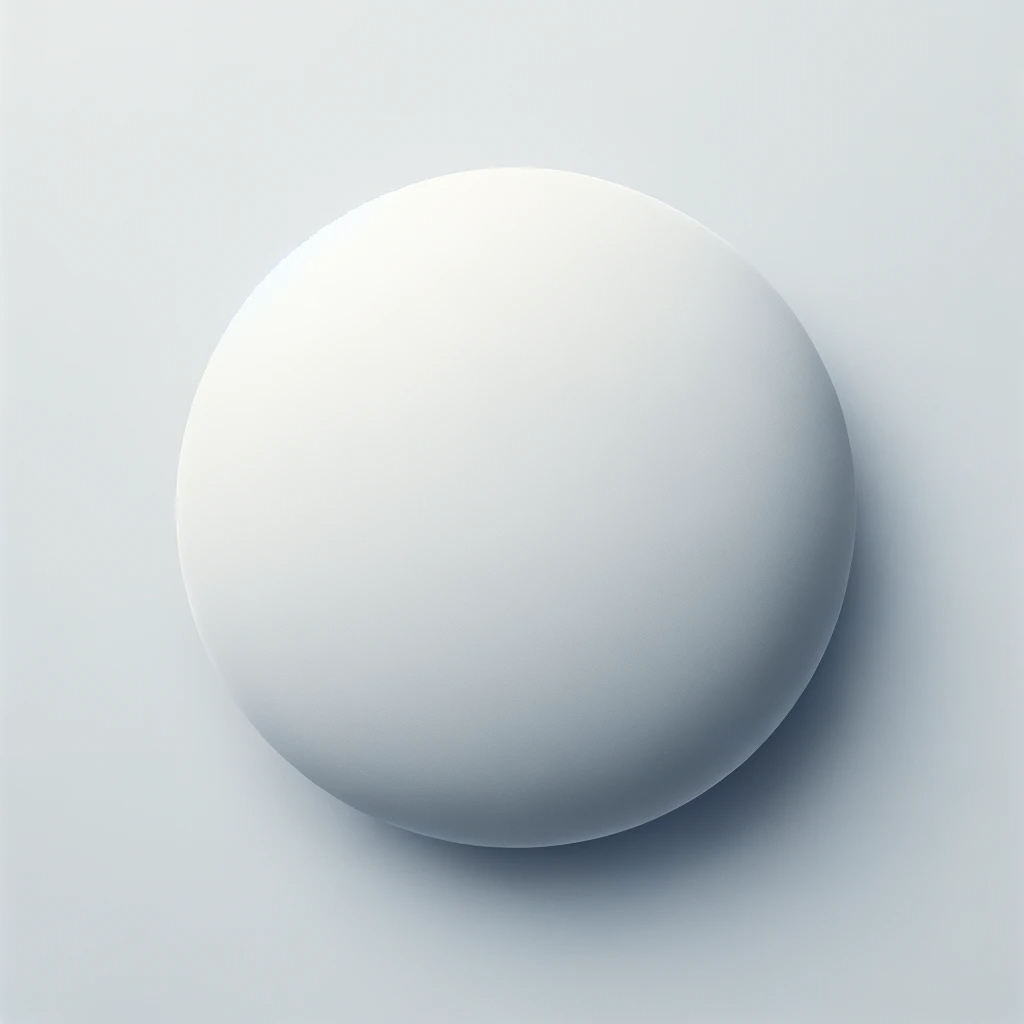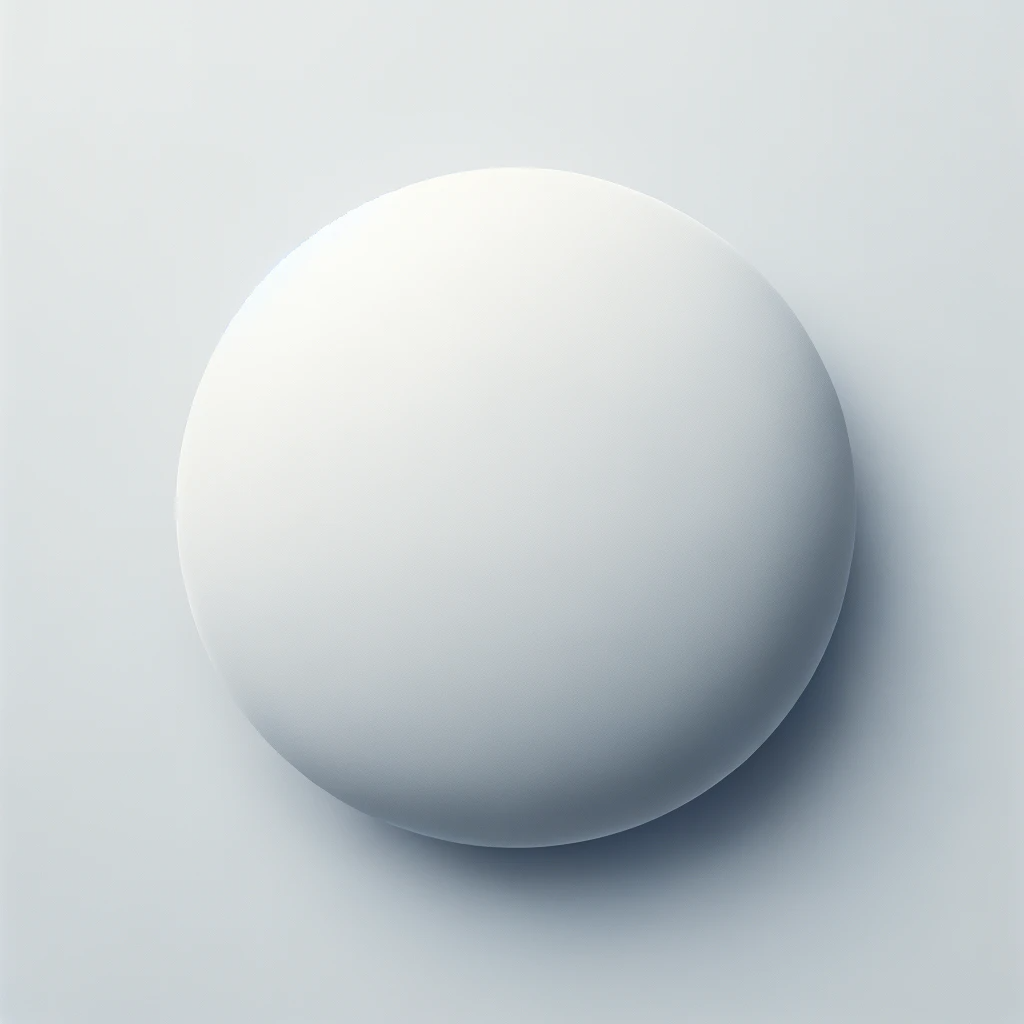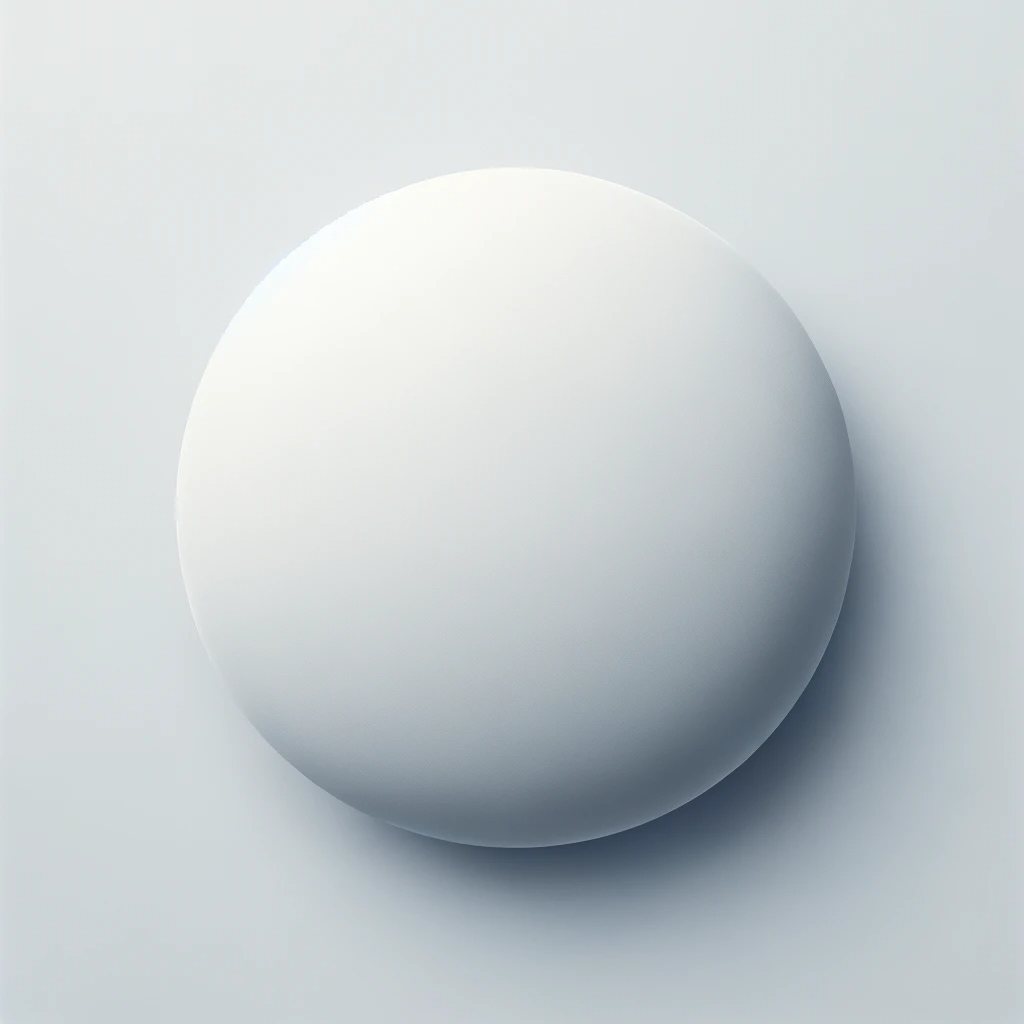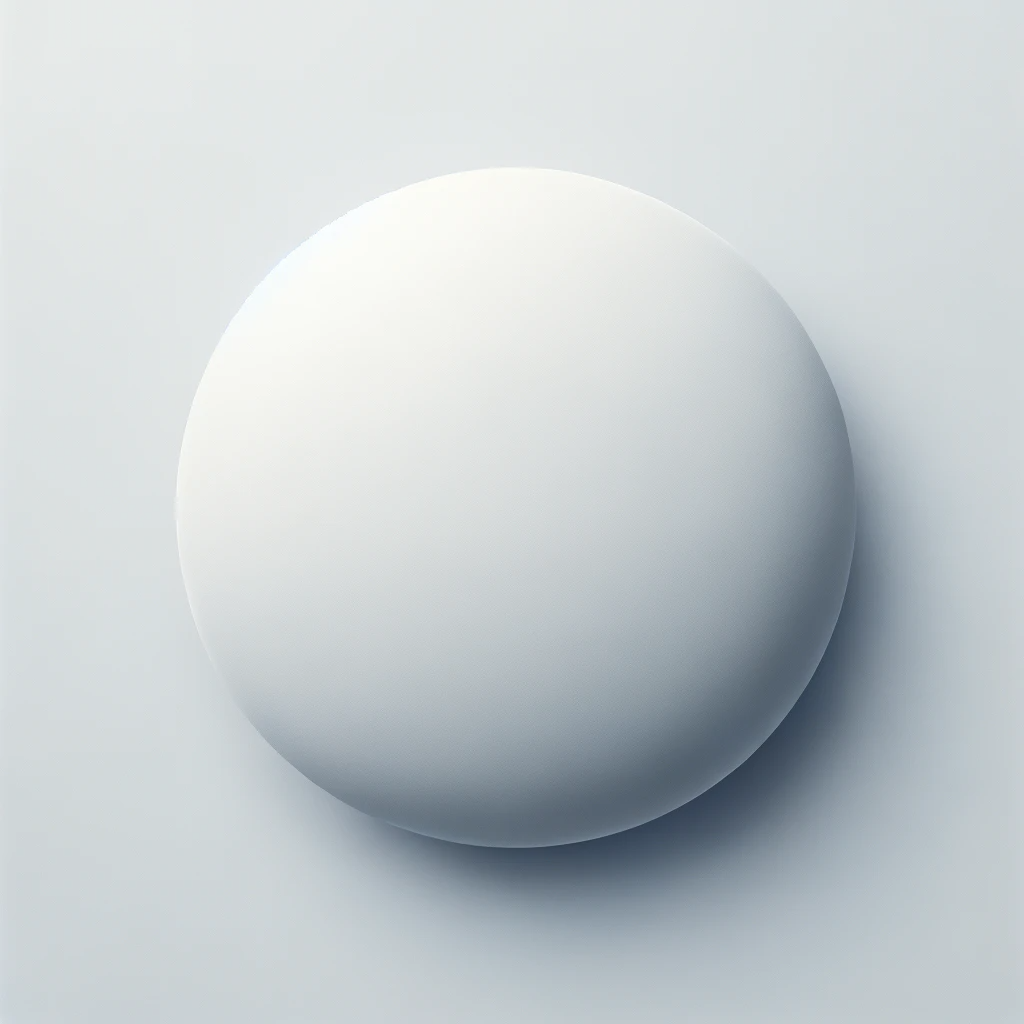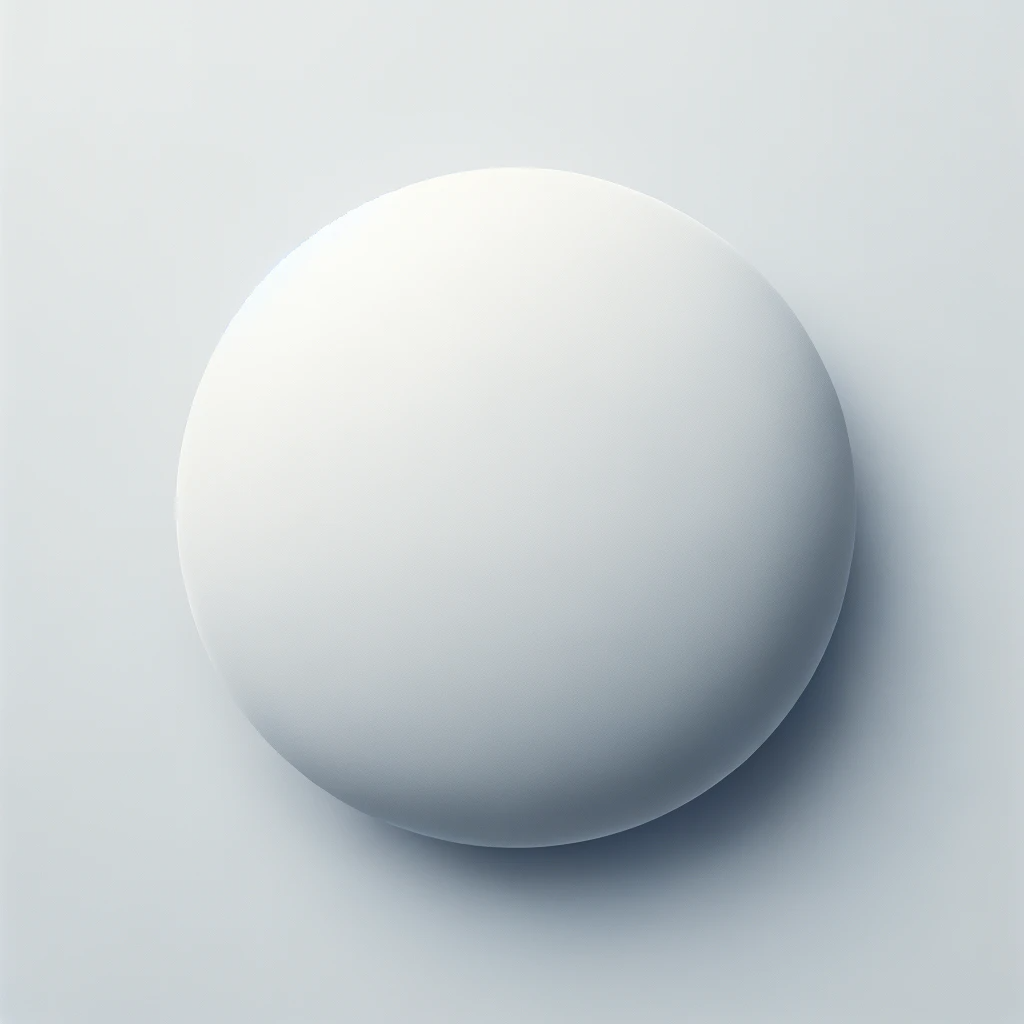How To Mature human red blood cells quizlet: 5 Strategies That Work
The percentage of red blood cells in a sample of human blood is normally about A. 15% ... The biconcave cells in blood that lack nuclei when they are mature are the A. white blood cells. B. red blood cells. C. platelets. D. macrophages. ... Heme released from hemoglobin in aged red blood cells is decomposed in the liver into A. iron and the ...These immature red blood cells (RBCs) must go through a process of maturation to form mature RBCs. Immediately post-enucleation reticulocytes are large (120-140fL) and multi-lobular. This stage is known as an R1 reticulocyte as classified by Mel et al., 1977. R1 reticulocytes are motile and are found in the bone marrow; they still contain ...Study with Quizlet and memorize flashcards containing terms like Which of the following is true regarding red blood cells? Question options: A) They survive for approximately one year. B) They primarily carry carbon dioxide. C) They are anucleate. D) They have a biconvex shape. E) They are produced in the spleen., _____ are large phagocytic white …Lesson 1: Circulatory and pulmonary systems. Science > Biology library > Human biology > Circulatory and pulmonary systems. Cookie Notice. Components of blood. The different components that make up blood. …hormone released when oxygen levels are low. erythropoietin. in hemoglobin molecule. iron. red blood cell formation. erythropoiesis. stem cell for all blood cells. hemocytoblast. Study with Quizlet and memorize flashcards containing terms like resistance to flow, platelets and white blood cells, stable internal environment and more.If an embolus ends up in a small vessels & blocks blood flow it is called an embolism. 6. Infarction- death of cells supplied by a vessel that is blocked by a thrombus or embolus. 7. Abnormal clot formation Fig. 14.20. a. Atherosclerosis- clot formation in an artery with accumulations of fatty deposits. b.16.2: Red Blood Cells 16.2C: RBC Life Cycle Expand/collapse global location ... Human erythrocytes are produced through a process called erythropoiesis, developing from committed stem cells to mature erythrocytes in about seven days. When matured, these cells circulate in the blood for about 100 to 120 days, performing their normal function of ...Introduction. Red blood cells (RBC) are the most abundant cell type in human blood. They are devoid of nuclei, ribosomes, mitochondria, and other …The secondary stem cell that may turn into a erythrocyte is called _________. Axial skeleton, girdles, epiphyses of humerus and femur. Postnatal, erythrocytes are formed in the red bone marrow found this these 4 locations. Erythropoiesis. The process by which red blood cells (erythrocytes) are produced. Red.about the size of red blood cells; large spherical nuclei; thin rims of cytoplasm; T cells; B cells; important in immunity; produce antibodies; 25% to 33% of leukocytes; decreased T cells in AIDS. leukopenia. low WBC count; typhoid fever, flu, measles, mumps, …The supply of red blood cells in humans are periodically renewed and regenerated every 120 days, which is equal to approximately four (4) months. These ...Chapter 1. Blood and the cells it contains. The average human adult has more than 5 liters (6 quarts) of blood in his or her body. Blood carries oxygen and nutrients to living cells and takes away their waste products. It also delivers immune cells to fight infections and contains platelets that can form a plug in a damaged blood vessel to ...erythrocytes. Mature red blood cells are also called ______. biconcave. The shape of a red blood cell can be described as a ______ disc. to ...Abstract. Red blood cells, or erythrocytes, make up approximately a quarter of all cells in the human body with over 2 billion new erythrocytes made each day in a healthy adult human. This massive cellular production system is coupled with a set of cell biological processes unique to mammals, in particular, the elimination of all organelles ...Hematuria is the presence of red blood cells in an individual's urine and can be categorized in two different ways. Hematuria is the presence of red blood cells in an individual's ...Study with Quizlet and memorize flashcards containing terms like monocyte, attack bacteria and viruses, ... Human reproduction: 3. Male reproductive system: 18 terms. norathn. Preview. PHGY 215 exam part 2. 9 terms. ... a mature red blood cell lacks a nucleus. how does this characteristic explain why red blood cells have a life span of only 120 ... Definition of anemia. reduction of oxygen carrying capacity in the blood due to decreased hemoglobin, decreased number of red blood cells, or blood loss. what is hemoglobin. protein in red blood cells that binds oxygen. it has two alpha and two beta polypeptide chains so it can bind four oxygen molecules. what are the two types of anemia. Feb 1, 2024 · red blood cell, cellular component of blood, millions of which in the circulation of vertebrates give the blood its characteristic colour and carry oxygen from the lungs to the tissues. The mature human red blood cell is small, round, and biconcave; it appears dumbbell-shaped in profile. The cell is flexible and assumes a bell shape as it ...Red blood cells, also called erythrocytes, are the most abundant cell type in the blood. Other major blood components include plasma, white blood cells, and …List all possible antigens (common ones, anyway) that can be expressed on a mature human RBC. A, B, and D (D is the Rhesus factor antigen) O doesn't have ...Malaria is caused by the infection and proliferation of parasites from the genus Plasmodium in red blood cells (RBCs). A free Plasmodium parasite, or merozoite, released from an infected RBC must invade another RBC host cell to sustain a blood-stage infection. Here, we review recent advances on RBC invasion by Plasmodium merozoites, focusing on ...Survey of Human Physiology: Blood Study Guide. 21 ... Which of the following is a characteristic of mature a erythrocytes (red blood cells)? ... blood into the ... 1 / 4. Find step-by-step Biology solutions and your answer to the following textbook question: A mature human red blood cell has no nucleus or mitochondria. It consists primarily of a membrane surrounding hemoglobin, the protein molecule that carries oxygen. Discuss an advantage of the simple organization of human red blood cells.. -Erythroid cell that has its' nucleus extruded. Larger than mature erythrocytes. Also called bruised cells. -Nucleus - none present -Cytoplasm - Blue to reddish ... Suppose A, B, and C are 2 \times 2 2×2 matrices, E, F, and G are 3 \times 3 3×3 matrices, H and K are 2 \times 3 2×3 matrices, and L and M are 3 \times 2 3×2 matrices. For each of the following, if the operation is defined, specify the size of the matrix that results. 0 G+3 (E+F) 0G+3(E +F) Verified answer. chemistry. A. a cell process that sends information. (2) axon. B. one of usually several cell processes that receive information. (3) cell body. C. the rounded part of a neuron. chemistry. Liquid potassium chloride, KCI (l), is decomposed in an electrolytic cell to form potassium and chlorine. Liquid KCI consists of K^+ and Cl^- ions.Red blood cell (RBC) production (erythropoiesis) takes place in the bone marrow under the control of the hormone erythropoietin (EPO). Juxtaglomerular cells in the kidney produce erythropoietin in response to decreased oxygen delivery (as in anemia or hypoxia) or increased levels of androgens. In addition to erythropoietin, red blood cell ...Introduction. Human red blood cells (RBC), after differentiating from erythroblasts in the bone marrow, are released into the blood and survive in the …Dec 19, 2017 · Introduction. Mature red blood cells (RBCs) result from a finely regulated process called erythropoiesis that produces 2 million RBCs every second in healthy human adults (Palis, 2014).The standard model of erythropoiesis starts with hematopoietic stem cells (HSCs) in the bone marrow (BM), giving rise to multipotent progenitors that go on to …A. cell membrane is close to hemoglobin molecules. B. ability to divide rapidly when more RBCs are needed. C. cells can readily squeeze through narrow capillaries. D. more surface area for sodium channels that are needed for red blood cell function. E.increased surface area for diffusion of gases. A. cell membrane is close to hemoglobin molecules.Study with Quizlet and memorize flashcards containing terms like The normal sequence of blood cell development is A. yolksak-red bone marrow-liver and spleen B. yoksak- thymus -liver and spleen- red bone marrow C. yolksak- liver and spleen-red bone marrow D. liver and spleen- yolk sac- red bone marrow, As blood cell matures, the overall cell …A red blood cell is traveling through the circulation system and is located in the pulmonary capillaries. Which is the correct immediate order of the red blood cell leaving the pulmonary capillaries? anatomy and physiology. Trace the path of sperm cells from their site of formation to the outside. Indicate composition and when and where ...a result from osmosis, red blood cell was in a hypertonic solution, causing it to shrink and form ridges. HEMOLYSIS. the rupture of destruction of a red blood cell. Study with Quizlet and memorize flashcards containing terms like RED BLOOD CELL IN HYPERTONIC SOLUTION, RED BLOOD CELL IN HYPOTONIC SOLUTION, RED BLOOD CELL IN …In adult humans, the daily production of more than 200 billion erythrocytes requires more than 20 mg of ______. iron. The vast majority of ______ ...anemia. deficiency in erythrocytes or hemoglobin. aplastic anemia. failure of blood cell production in the bone marrow. hemolytic anemia. reduction of red cells due to excessive destruction. pernicious anemia. lack of mature erythrocytes caused by inability to absorb vitamin B12 into the body. sickle cell anemia.Identify the primary component of the red blood cell. hemoglobin. How many red blood cells are created and destroyed every minute in an adult? 100 million.Step 1 large solid nucleus w/ little cyto (stains guite dark), for every stem cell, there is one of these cells, split into 2 prorubricytes. Prorubricyte. Step 2 : 2 cells form from the division of a rubriblast (cell size dec., nucleus size decreases, (cytoplasam matures and becomes lighter) has to end up w/ no nucleus. Rubricyte.red bone marrow. after birth RBC' production occurs in. narrow capillaries. With age, red blood cells become increasingly fragile and are damaged by passing through. phagocytize damaged RBC's. Macrophages in the liver and spleen do what. heme and globin. Hemoglobin from the decomposed red blood cells is converted to what.Terms in this set (43) Associate each disorder with the correct blood component. Labels can be used twice. Complete these sentences describing blood. Blood contains numerous biconcave cells called red blood cells, contained in a featureless matrix called plasma. These numerous cells, also called erythrocytes, are unique in that they lack nuclei. 1 / 4. Find step-by-step Biology solutions and your answer to the following textbook question: A mature human red blood cell has no nucleus or mitochondria. It consists primarily of a membrane surrounding hemoglobin, the protein molecule that carries oxygen. Discuss an advantage of the simple organization of human red blood cells.. Study with Quizlet and memorize flashcards containing terms like As a red blood cell matures, what is one key morphological feature of the stages containing a nucleus?, Describe the hemoglobin content of the cell at the end of the pointer that is often seen in response to anemic stress., For a red blood cell to live its full 120-day life span, which … Study with Quizlet and memorize flashcards containing terms like Select all structural components of hemoglobin, Select all characteristics of mature red blood cells., The primary transport medium of the human body is the and more. about the size of red blood cells; large spherical nuclei; thin rihormone released when oxygen levels are low. erythropoieti gives whole blood its red colour. hemoglobin. transports about 23% of the carbon dioxide in the blood. RBCs. (most cells, not the blue stained ones) hemoglobin. one drop of blood. is approximately 50 microlitres. healthy adult male. In humans, mature red blood cells are flexible biconca red blood cells. hemoglobin by volume. hemoglobin combined with oxygen. hemoglobin that has released oxygen. they mature. produce ATP through glycolysis. they become rigid and are more likely to be damaged and are removed by enzymes in the liver and spleen. Study with Quizlet and memorize flashcards containing terms like Red blood cells are ...Introduction. Erythrocytes, red blood cells (RBC), are the functional component of blood responsible for the transportation of gases and nutrients throughout the human body. Their unique shape and … Introduction. The spleen, the largest secondary lymphoid organ in...
Continue Reading
